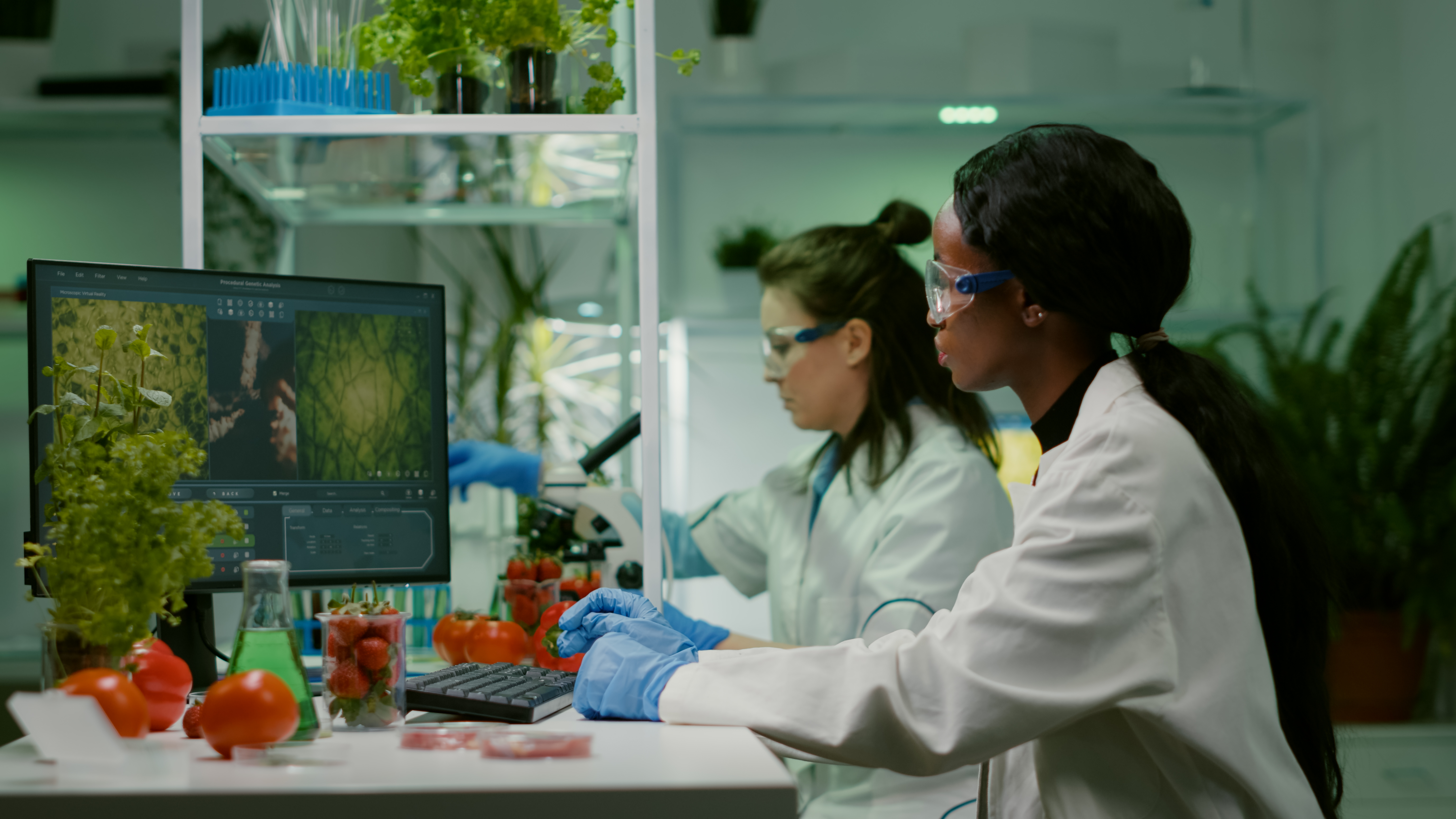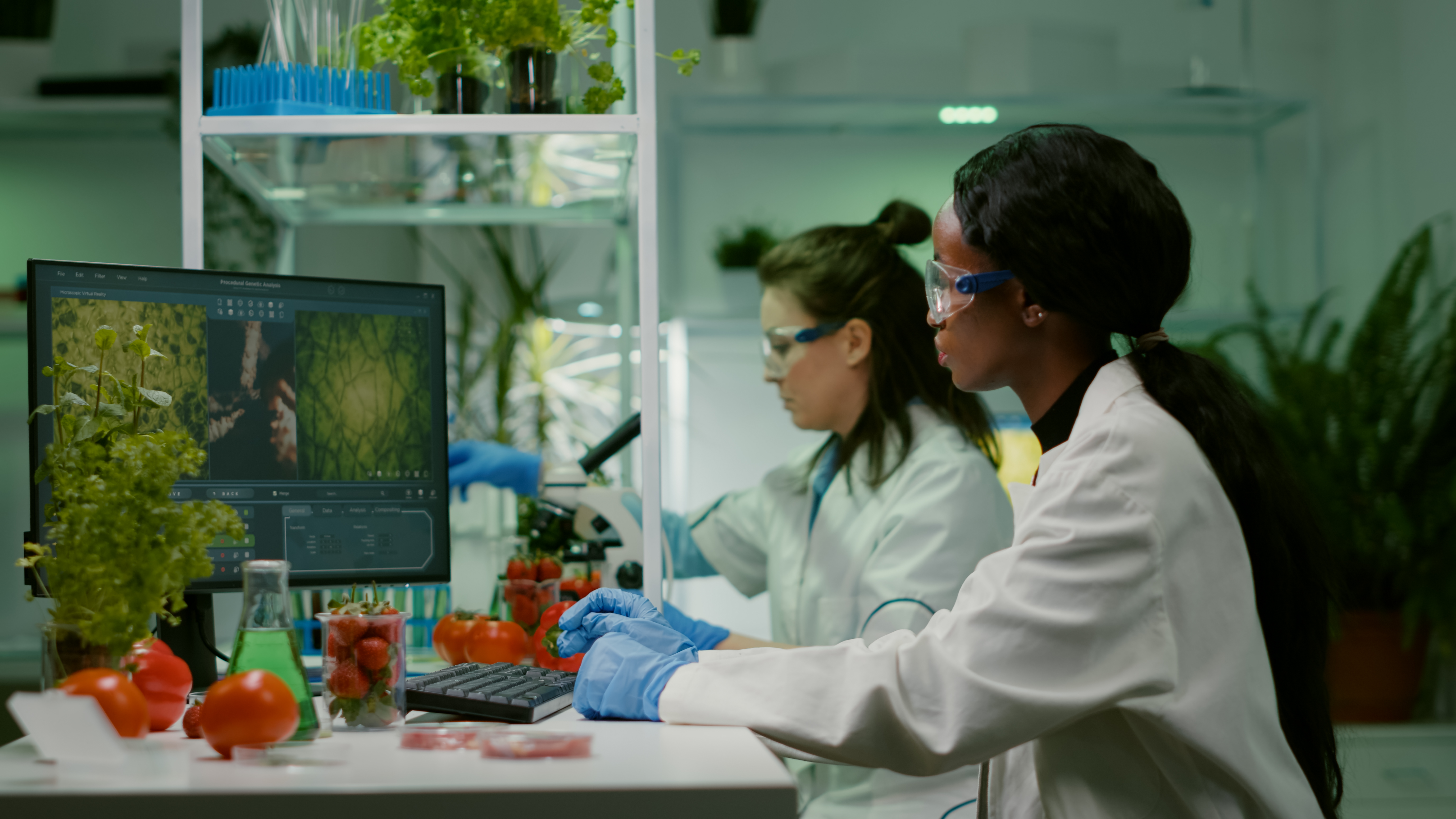The Green Revolution: Innovations in Chemical Manufacturing for a Sustainable Future

The Green Revolution has always been associated with advances in agriculture but in recent times, the ideals of the revolution have gone beyond the farm and stepped into the field of chemical production. Due to the increasing issues of climate change, overconsumption of resources and pollution of the environment, it is evident that the world needs a more sustainable approach. This article looks at practices in chemical manufacturing that are enhancing sustainability and how the chemical industry is changing to fit these new demands.
The most important aspect of the Chemical Manufacturing Age of The Green Revolution is the development of greener technologies and materials for the industry . There was always a negative connotation of general functioning of chemical industries as being ‘dirty’ and creating lot of waste. But a newer and better story is currently being told. By integrating the principles of green chemistry, manufacturers can avoid generating unnecessary waste and energy and produce materials from renewables. This new trend not only has positive impacts on the environment but also optimizes the processes of chemical production, increasing the economic efficiency.
Developing bio-based feedstocks has become one of the most crucial breakthroughs in the sustainable chemical production. Chemicals have commonly been made from fossil fuels which are one of the contributors to the green house gases and the deterioration of the ecosystem. But now with advancement in biotechnology, biofuels obtained from renewable resources such as plants or waste have been made. Therefore, these type of chemicals which are produced using bio based resources not only eliminate the use of fossil fuels, but possess lower carbon emissions, hence, providing manufacturers and consumers with sustainable options in the future.
Besides the incorporation of bio-based feedstocks, circular economy principles are on the rise in the chemical sector. Circular economy principles are all about reducing and eliminating waste and making the most out of the resources available. This is beneficial for the manufacturers, as they are encouraged to invent and create products and processes that cut back on waste and make it possible to recycle or reuse materials. As an example, chemical companies are increasingly turning to closed loop systems that allow the in-process recovery and reuse of solvents and other chemicals. Cutting waste and enhancing the efficiency of resource usage will provide the sector a wonderful deal of environmental benefits.
Moreover, the emergence of new progressive production technologies that include the use of artificial intelligence (AI) and machine learning is changing the landscape of how chemicals are manufactured. These technologies help in improving the production processes of the manufacturers which increases the output while also reducing the energy used. For example, an AI powered system can make sense of large sets of data to detect trends and ultimately improve the timing of production to save a lot of energy. Similarly, AI-based predictive maintenance can also help bring down operational unavailability and therefore the efficiency is further improved. The chemical industry in adopting these advanced technologies is not only enhancing its profitability but also doing its part towards a greener planet and a better environment.
Another promising technology in which directs the production of chemicals more sustainably is the use of greener solvents and catalysts. Most often practiced solvents and catalysts pose a threat to both the environment and human health and eventually their application is being controlled. Accordingly, new methodologies which are harmful and wish to harm the environment the least are being investigated by scientists and manufacturers. Among them are water soluble solvents and biocatalysts made with natural resources. The use of such alternatives not only helps in lowering the toxicity of chemical processes, but they also uphold the tenets of green chemistry concerning clean and safe manufacturing.
A growing focus on collaboration within the industry is impacted the pace and direction of sustainable oriented innovations as well. Increasingly chemical manufacturers, academic institutions and regulatory authorities collaborate to produce and exchange knowledge, conduct research and share good practices. Such cooperation contributes to innovation as sustainable technologies can be rapid developed and deployed. By working together, these stakeholders can facilitate the movement towards more sustainable chemical manufacturing practices while pursuing similar goals and tackling shared obstacles.
There is also a shift in the consumer landscape where eco-friendly products are gaining traction. The modern consumer is always well aware and selective of what he/she buys and uses, searching for goods that represent their beliefs and values. For this reason, chemical manufacturers are emerging with alternative options that would be safe and secure for customers. Nowadays, there is a growing market for biodegradable packaging materials, environmental friendly surface-active agents, and other products that enhance the health of the environment. Such changes not only make the environment cleaner but also help gain customer loyalty and create new markets.
In conclusion, the Green Revolution in the production of chemicals is becoming more apparent, thanks to the new improvements that are more environmentally friendly. The usage of bio-based feedstocks, circular economy principles, advanced manufacturing technologies, and other greener alternatives is enabling the industry to make a major step towards sustainability. With an ever rising onus of environmental problems, the adoption of sustainable measures in the manufacture of chemicals is vital for the health of the planet for years to come. It is, however, a work in progress; but the achievements so far, point to a thriving industry which will have the ability to change and lead the world in becoming a more sustainable place.

